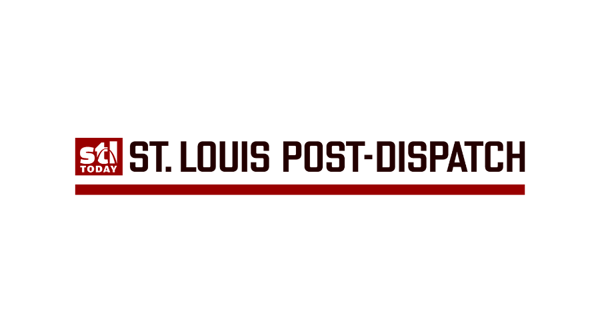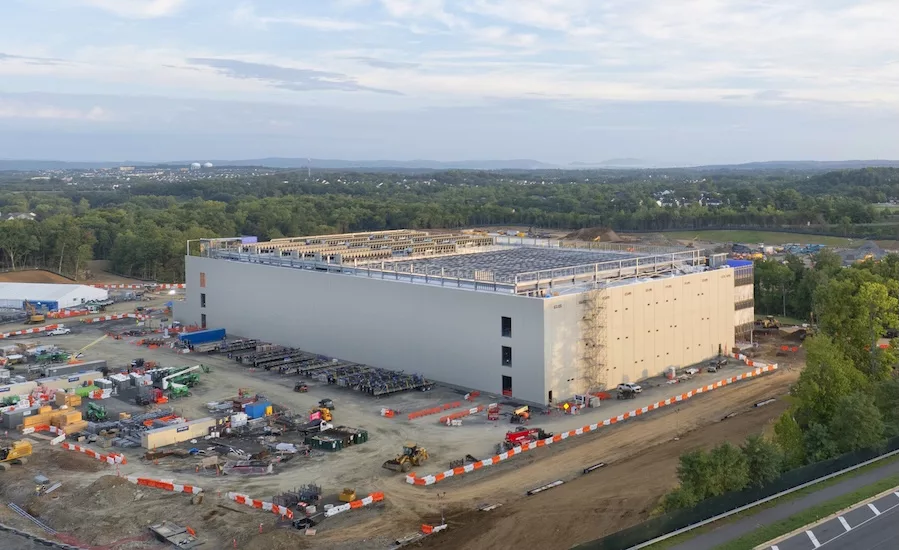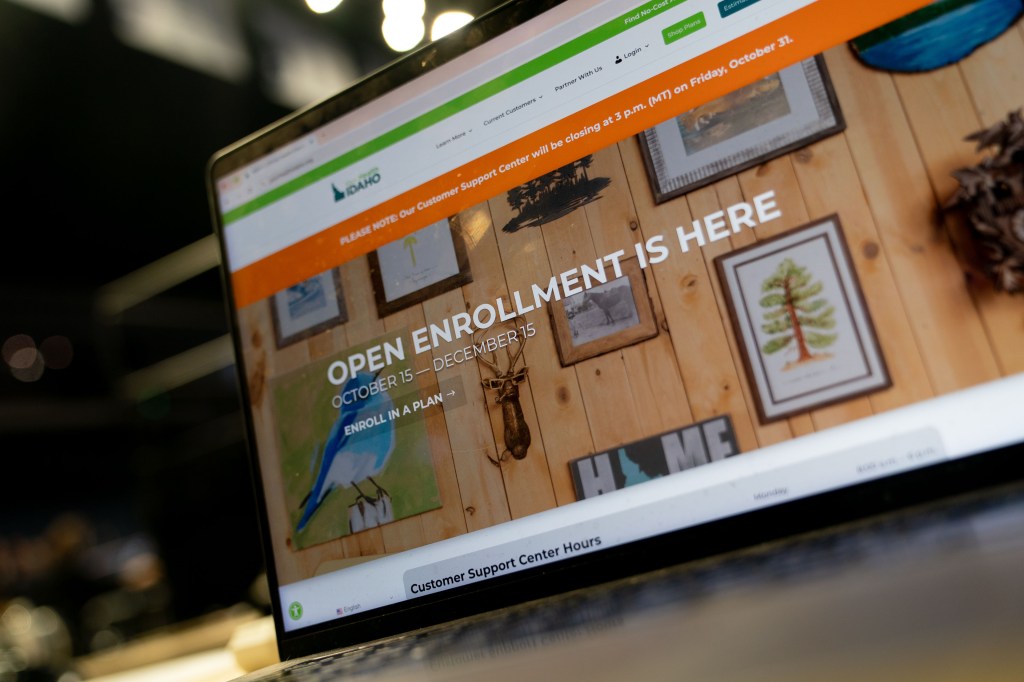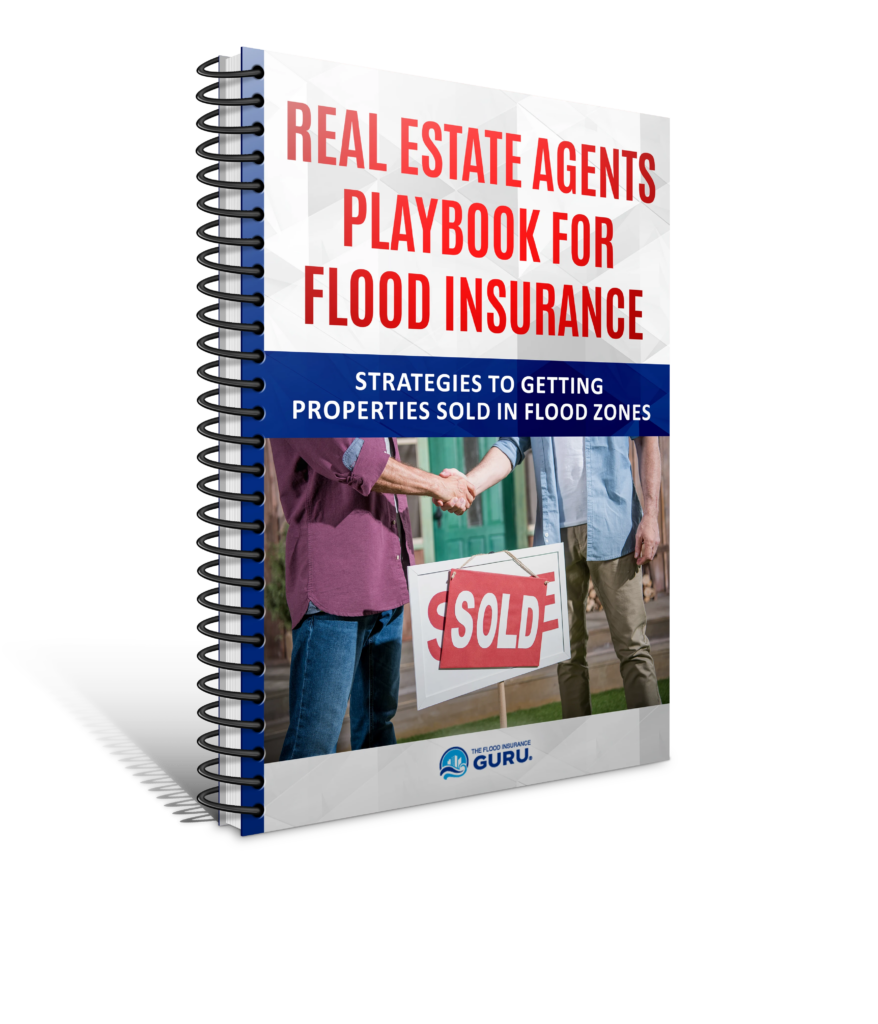Skip to content
Reading Time: 2 minutes Reading Time: 3 minutes Reading Time: 3 minutes
Alabama Insurance
Reading Time: 5 minutes
Alaska Insurance
Reading Time: 7 minutes
Arizona Insurance
Reading Time: 10 minutes
California Insurance
Reading Time: 6 minutes
Colorado Insurance
Reading Time: 5 minutes
Connecticut Insurance
Reading Time: 5 minutes
Florida Insurance
Reading Time: 4 minutes
Georgia Insurance
Reading Time: 3 minutes
Idaho Insurance
Reading Time: 4 minutes
Illinois Insurance
Reading Time: 2 minutes
Indiana Insurance
Reading Time: 22 minutes
Kansas Insurance
Reading Time: 8 minutes
Kentucky Insurance
Reading Time: 5 minutes
Louisiana Insurance
Reading Time: 4 minutes
Maine Insurance
Reading Time: 5 minutes
Maryland Insurance
Reading Time: 6 minutes
Massachusetts Insurance
Reading Time: 7 minutes
Michigan Insurance
Reading Time: 4 minutes
Mississippi Insurance
Reading Time: 4 minutes
Missouri Insurance
Reading Time: 6 minutes
New Jersey Insurance
Reading Time: 4 minutes
New Mexico Insurance
Reading Time: 5 minutes
New York Insurance
Reading Time: 4 minutes
North Carolina Insurance
Reading Time: 1 minute
Ohio Insurance
•
Reading Time: 4 minutes
Oregon Insurance
Reading Time: 6 minutes
Pennsylvania Insurance
Reading Time: 4 minutes
Texas Insurance
Reading Time: 7 minutes
Vermont Insurance
Reading Time: 4 minutes
Washington Insurance
Reading Time: 3 minutes
Wisconsin Insurance
Reading Time: 6 minutes
Warning! This link is a trap for bad bots! Do not follow this link or you're IP adress will be banned from the site!





































![best-whole-life-insurance-in-kentucky-([current-date-format=y])](https://producerpress.com/wp-content/uploads/2025/10/464986-best-whole-life-insurance-in-kentucky-current-date-formaty.jpg)
![best-whole-life-insurance-in-new-jersey-([current-date-format=y])](https://producerpress.com/wp-content/uploads/2025/10/465294-best-whole-life-insurance-in-new-jersey-current-date-formaty.jpg)





